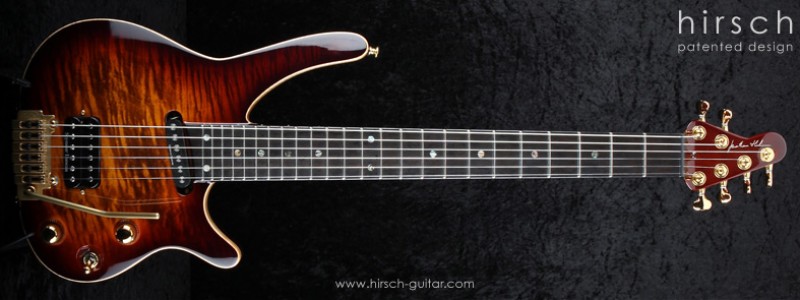Things always take longer than intended. After several months of working on some new drawings for the CNC model, they’re finally ready to go. Partly the delay was due to me being very busy with my other work (the paying day job), but also it was because the process threw up some interesting challenges and decisions that needed careful thought.
One was the problem of trying to replicate the neck and heel profile in a 2D drawing. I had hoped that the whole point of the CNC scanning was to make this unnecessary, but as it turned out, this was not to be. I still don’t fully understand the reasons, and without spending a lot more money on something that may prove to be a dead end, I probably won’t get to the bottom of it. Move on.
But trying to exactly copy the neck shape manually, with calipers and a contour profile gauge, was just a tad fiddly. Got there in the end, though it tool a looooong time. At least I’m fairly adept with Adobe Illustrator, so that part of it wasn’t too much of a problem (plus I had the drawings I’d previously created for the patenting process as a starting point – but these news ones needed to be far more accurate and go into a lot more technical detail). Still, all very time-consuming and I won’t truly know whether I got it right until we actually carve some wood.
On top of all that was my desire that, even though we would now be using a set-neck approach, rather than neck-through-body, I wanted the joint to be completely seamless, so that the heel would flow smoothly into the neck – without requiring a lot of hand-finishing.
I also decided that, rather than repeat the whole process later, now would be a good time to explore whether we could fit a trem into the much-smaller body. I spent quite a bit of time playing around designing my own vibrato systems before eventually feeling confident that a standard Strat-style unit would indeed work. The only question is whether the base of the body will then be too thin and therefore be prone to breaking. My thinking is that, if need be, we’ll reenforce it with a carbon-fibre plate.
Deciding on the best surface radius also took some time. Obviously the body needed to be deep enough to accommodate the trem block, which is 45 mm – so the very centre would be a little deeper due to the curve. I also knew I wanted the option of a maple cap on top of a mahogany body, and also be able to have a ‘fake binding’ effect, so the depth of standard wood blanks was another consideration. I also decided to offset the surface contour slightly so that the top edge of the guitar would be slightly narrower – for better comfort is my theory – while the bottom edge would be a little deeper, to make it settle on the leg more easily when playing sitting down. In the end, the radius worked out at just shy of 28”, giving the body a top edge of 1” and bottom edge of 1.3” at the narrowest points, with a 2” depth in the centre.
So – now that the 2D drawings are done, the next step is to send them to Martin so he can turn them into a 3D model…
